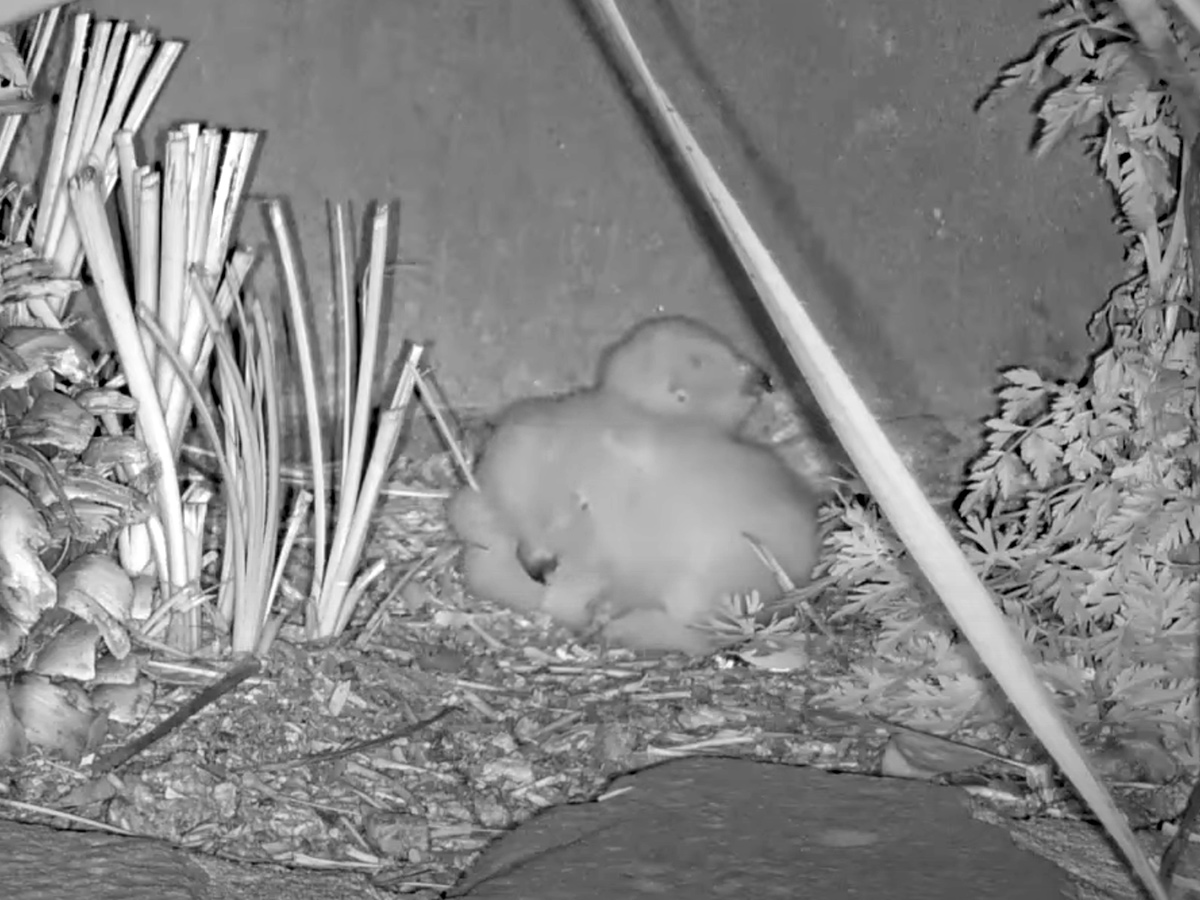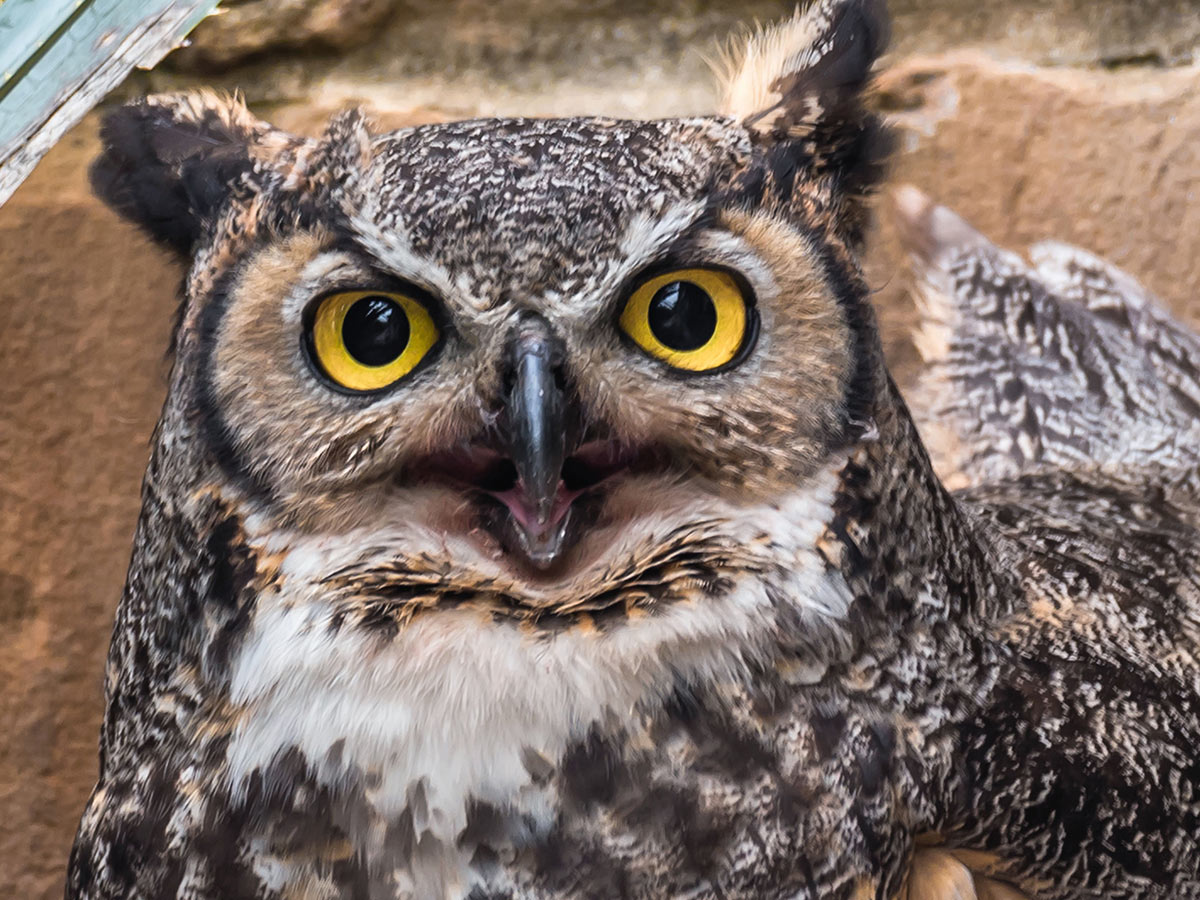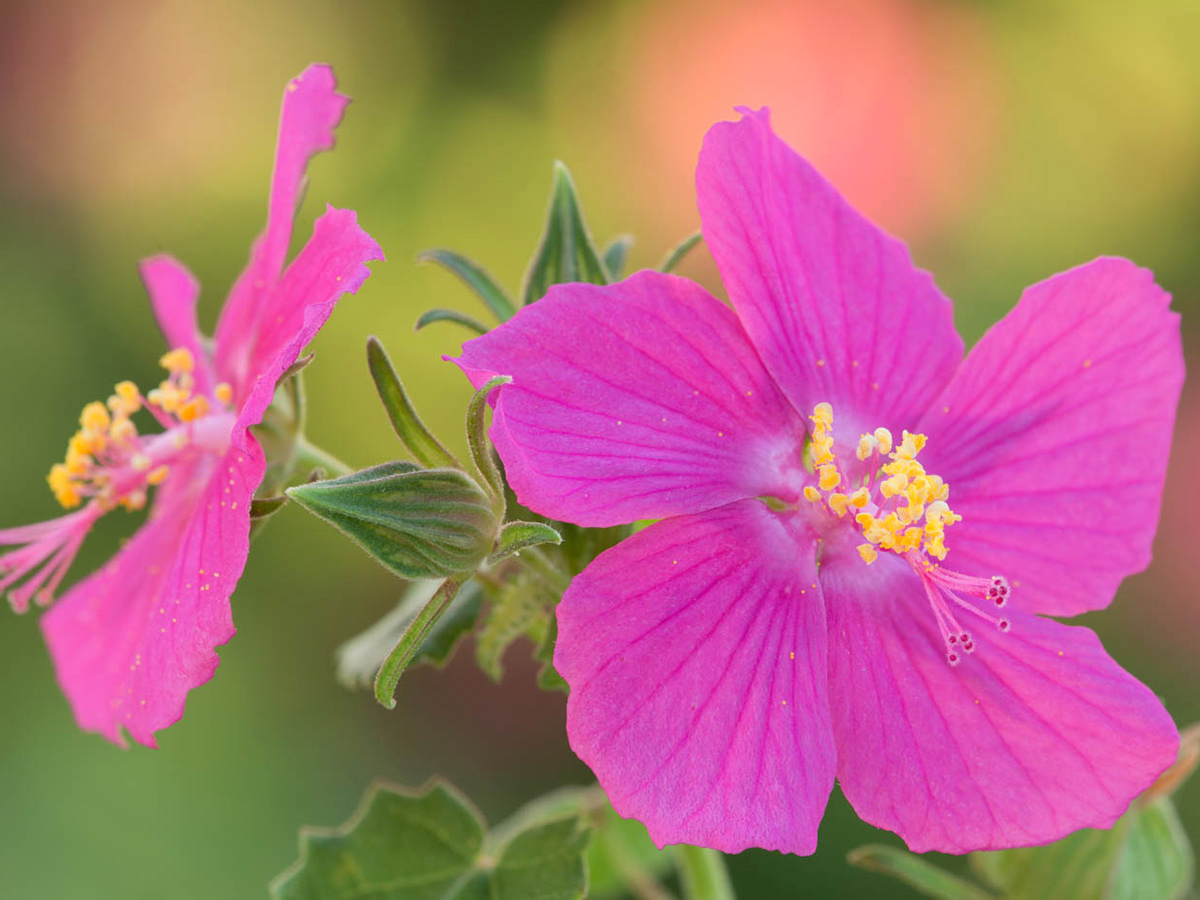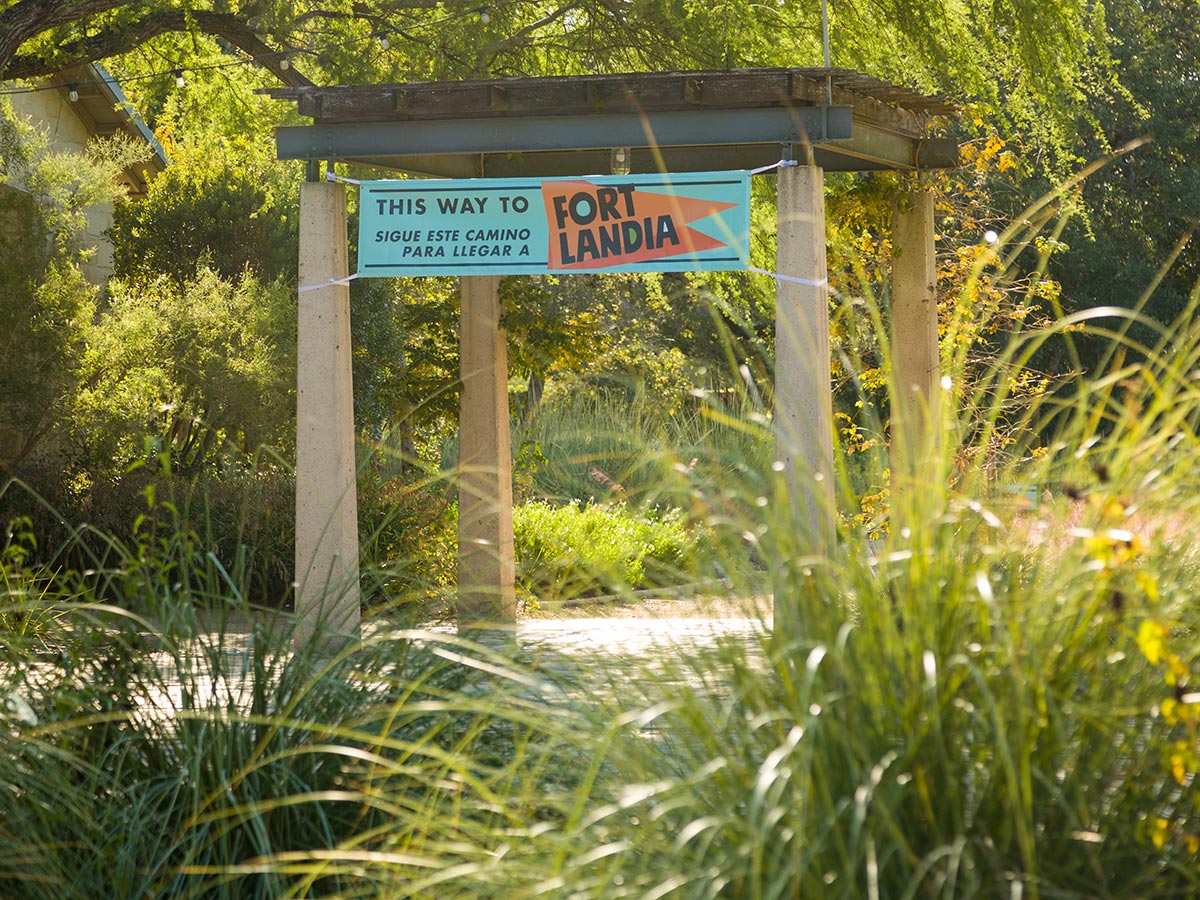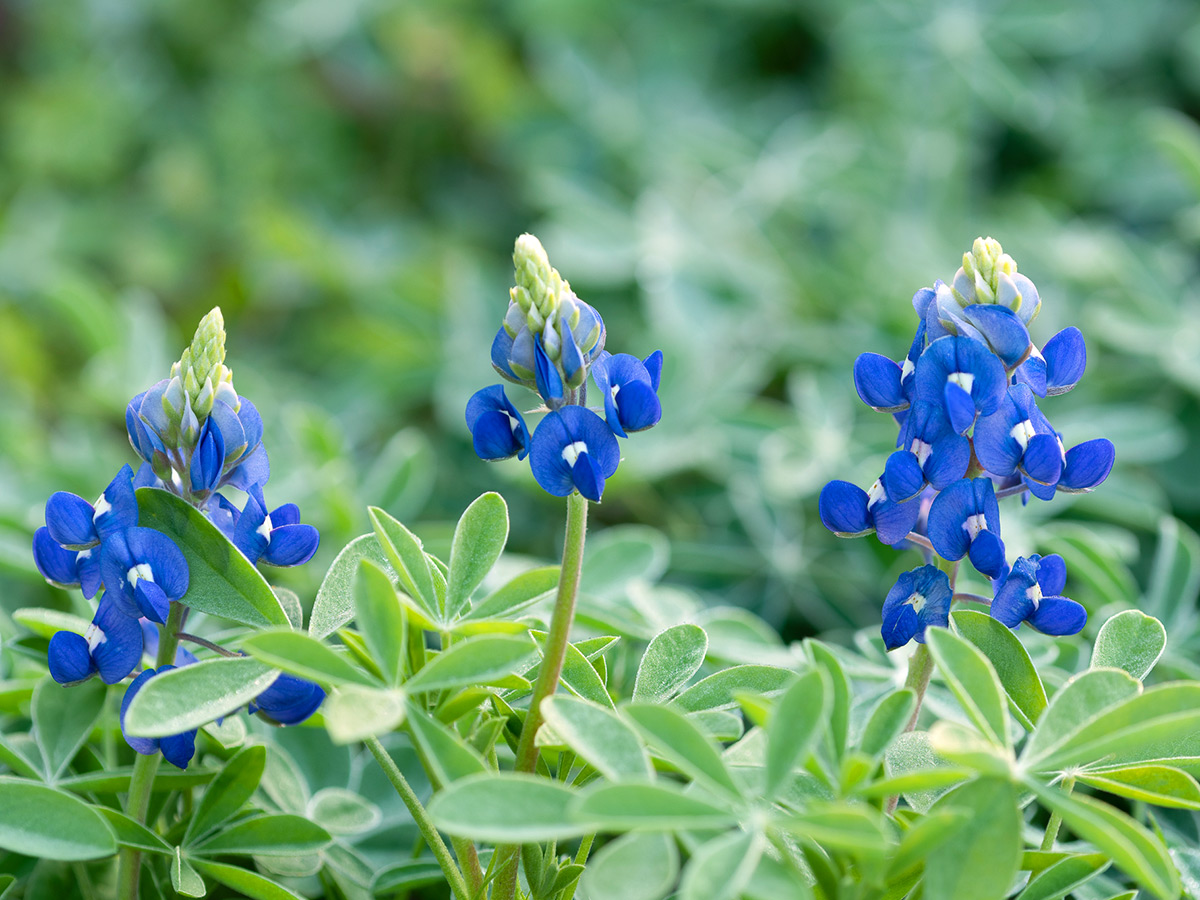PRESSROOM
2006 Wildflower Forecast
Austin, TX – What’s the outlook for wildflowers this spring? Given the somewhat rare winter dry spell, ecologists at the Lady Bird Johnson Wildflower Center are just as interested as you are.
Ordinarily, wildflower seedlings could be expected to start blooming in early March, but adequate rainfall throughout the fall and winter months is a key factor in healthy establishment of many early spring wildflowers.
“Most Texas species are adapted to extended dry spells , but these are not that common over winter,” said Wildflower Center Ecologist Mark Simmons. “We don’t yet know what will happen. It’s a bit of a blank slate. We may see a whole bucketload of wildflower species we don’t often see doing very well because they like these conditions.”
Lower than average rainfall in the fall of 2005 could mean a lower than usual wildflower display this spring for most of Travis County. By the end of 2005, rainfall in Travis County was about 10 inches below normal with the bulk of the rainfall falling in the first half of the year.
“However, many of the annual wildflowers like Indian Blanket and Black-eyed Susan and perennials like Mexican Hat and Engelmann Daisy can still complete their life-cycle over the spring, provided of course that we get our expected spring rain, ” Simmons said.
One place where those bluebonnets and a wide variety of wildflowers will be in spectacular bloom is the Lady Bird Johnson Wildflower Center, 4801 La Crosse Avenue, Austin. On the grounds, visitors can enjoy six different photo opportunity spots throughout the grounds. These areas allow visitors to capture a wonderful photo next to a bluebonnet display without trampling the flowers for the next visitor.
As the spring blooms fade, the center will display wildflowers that are late bloomers-a good reason to visit more than once.
| March Blooms | April Blooms | May Blooms |
| Bluebonnets | Indian Blanket | Mexican hat |
| Indian paintbrush | Texas lantana | Black-eyed Susan |
| Winecups | Rose mallow | Standing cypress |
| Blackfoot daisy | Foxglove | Pink evening primrose |
| Drummond phlox | Butterfly weed | |
| Giant spiderwort |
Tips to help you plant a better bluebonnet crop:
- Ideally, bluebonnet seeds should be planted in the fall. No later than the end of November. Seeds planted later may not receive the conditions needed to germinate, and even if they do, the flowers tend to be very small resulting in a poor display.
- Put bluebonnet seeds in the freezer overnight. Then, carefully pour boiling water over seeds placed in a colander. Let seeds sit in water for a day. Plant within a day or two.
- Rake seeds in to well-drained soil.
- Make sure the seeds get adequate water (about once very two-three weeks over winter), but avoid consistently damp conditions.
- Removal of competition from other plants. Bluebonnets like their own space and own soil.
For more information on these and other wildflowers, visit www.wildflower.org and click on Explore Plants.

